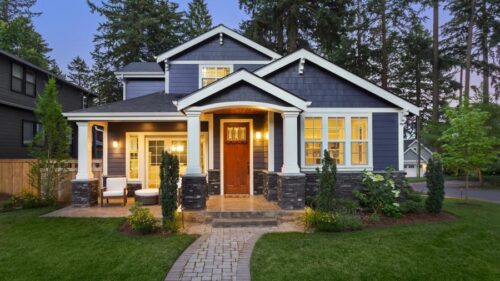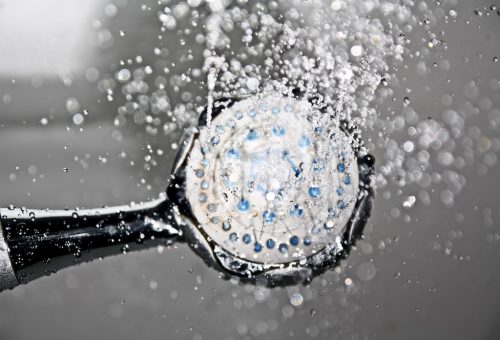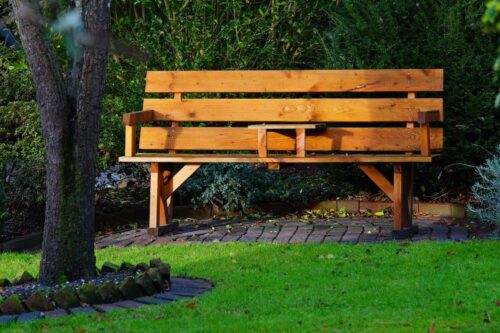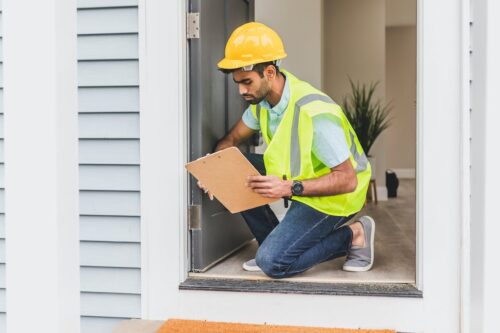Over time, living on your property will show in small ways. Moving around the same spaces every day is bound to have an effect on the environment you occupy. Here are some examples of wear and tear that are likely to be in your home, and here is how you can fix them.

1. Loose Hinges or Handles on Doors
Don’t Waste Time. Get Calling
After finding your handle is loose, it may only be a matter of time until it stops functioning altogether. You could always attempt to fix this yourself, but a smart idea may be to call a locksmith in order to avoid any further damage to your door. Though it may look like an outside problem, it may be an older mechanism from which the problem stems. A build-up of dirt or the natural ageing of the lock may be the case, both are entirely fixable by a locksmith who will see these kinds of problems daily. There are also different types of door handles, so you don’t want to risk an attempt at fixing a door handle which is not the model you have in your home. All can be easily solved by getting in contact with a locksmith to get it sorted out as soon as possible.
2. Scratched Wooden Flooring
Give Your Floor Its Shine Back
Walking on the same floor daily is bound to show physical effects. For this, you can easily remedy it if the scratches don’t appear too bad or stubborn. Modern materials that are used for flooring are far more durable than the likes that would be laid down in an old house; however, damage can still be done, of course. Fixing the scratches depends on the type of wear and tear on your floor. You will need a different remedy if the damage is heavier than minimal scratches. If the scratches are small but still noticeable, you can start by using a soft cloth and a floor cleaner to get rid of any dirt on the area. After this, dry the area and grab some steel wool, making sure not to rub against the grain of the wood but rather with it. Use sandpaper to buff the edges of the scratch, and then go in with floor wax, ensuring to leave it for ten minutes. To finish, gently buff the area with a soft cloth, and you should see the difference in your flooring.
3. Mold In Your Bathroom
Fix It As Soon As You Spot It
Mold can occur anywhere in the home after an event which causes moisture has occurred. Old homes can often pose health hazards like this due to the age of the house, but mold can be a problem in any property. The sooner you spot the outbreak of such, the sooner you can organize a mold remediation process. It can become incredibly harmful if left untreated and even cause serious health issues for those who inhabit your home. Services are there to provide professional and safe remedies to help get rid of the mold. Get in contact as soon as you spot it.






















